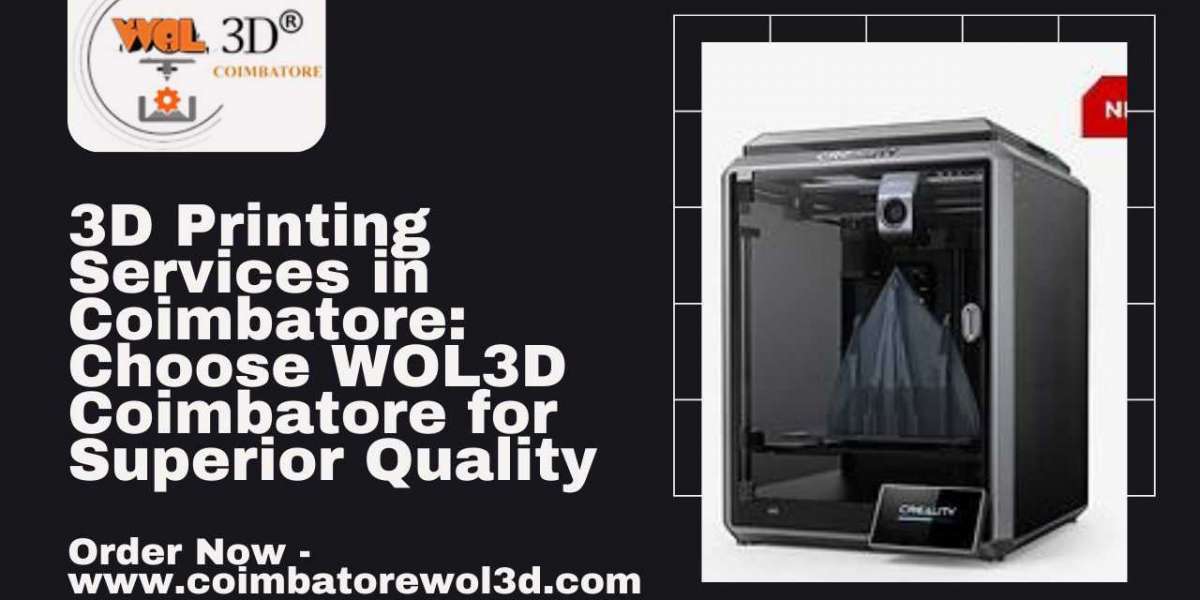In today’s fast-paced healthcare industry, hospital digital signage has become an essential tool for improving communication, enhancing patient experience, and streamlining operations. Choosing the right digital signage software is crucial for hospitals looking to implement an efficient and user-friendly system. This guide will help you understand the key factors to consider when selecting the best digital signage software for hospitals.
1. Understand Your Hospital’s Needs
Before investing in any hospital digital signage solution, it’s important to assess the specific needs of your healthcare facility. Ask yourself the following questions:
- What is the primary purpose of the signage? (e.g., patient education, wayfinding, staff communication, emergency alerts)
- How many screens will be deployed?
- Will the system integrate with existing hospital management software?
- Do you need cloud-based or on-premise digital signage software?
By clearly defining your goals, you can narrow down the options and find a solution that aligns with your hospital’s requirements.
2. Look for User-Friendly Software
Hospital staff, including nurses, administrators, and IT teams, should be able to easily manage and update content on digital screens. Choose a hospital digital signage software that offers:
- An intuitive drag-and-drop interface
- Easy scheduling and automation of content
- Remote access for seamless updates
- Multi-user access with different permission levels
A user-friendly system will ensure smooth operations without the need for extensive technical training.
3. Ensure Integration with Hospital Systems
The best hospital digital signage software should integrate with existing hospital management systems (HMS), electronic health records (EHR), and appointment scheduling platforms. Seamless integration allows for:
- Real-time updates on patient appointments
- Automated waiting room information displays
- Instant emergency alerts and notifications
Integration with these systems helps improve efficiency and ensures that both patients and staff receive up-to-date information.
4. Consider Cloud-Based vs. On-Premise Solutions
There are two main types of digital signage software:
- Cloud-Based Solutions: These are accessible from anywhere with an internet connection, allowing for remote updates and real-time content changes. They are ideal for hospitals looking for flexibility and scalability.
- On-Premise Solutions: These are installed and managed locally on hospital servers, offering greater security and control. They are suitable for hospitals with strict data privacy regulations.
Choose the option that best suits your hospital’s security policies and operational needs.
5. Prioritize Security and Compliance
Since hospitals deal with sensitive patient information, security should be a top priority when selecting hospital digital signage software. Look for software that offers:
- End-to-end encryption
- Role-based access control
- HIPAA and GDPR compliance (if applicable)
- Regular security updates
Ensuring high-level security measures will protect patient data and maintain compliance with healthcare regulations.
6. Evaluate Content Management Features
A robust content management system (CMS) is essential for effective hospital digital signage. The software should support:
- Dynamic content (videos, images, live feeds, social media integration)
- Customizable templates for different hospital departments
- Multi-screen management
- Automatic content scheduling
These features will allow hospitals to deliver engaging and relevant content to patients, visitors, and staff.
7. Check for Remote Monitoring and Support
Hospitals operate 24/7, so digital signage software must offer reliable remote monitoring and technical support. Features to look for include:
- Real-time monitoring of screen performance
- Automatic software updates
- 24/7 customer support and troubleshooting
Choosing a software provider with excellent support will minimize downtime and ensure continuous operation.
8. Compare Pricing and Scalability
The cost of hospital digital signage software varies based on features, licensing models, and the number of screens. Consider:
- One-time purchase vs. subscription-based pricing
- Cost of additional licenses for expanding signage networks
- Hidden fees for software updates or customer support
Select a scalable solution that allows your hospital to expand its digital signage network without significant additional costs.
Conclusion
Choosing the best hospital digital signage software requires careful consideration of your hospital’s needs, integration capabilities, security features, and ease of use. By focusing on these key factors, healthcare facilities can implement a digital signage system that enhances communication, improves patient experience, and optimizes hospital operations.













